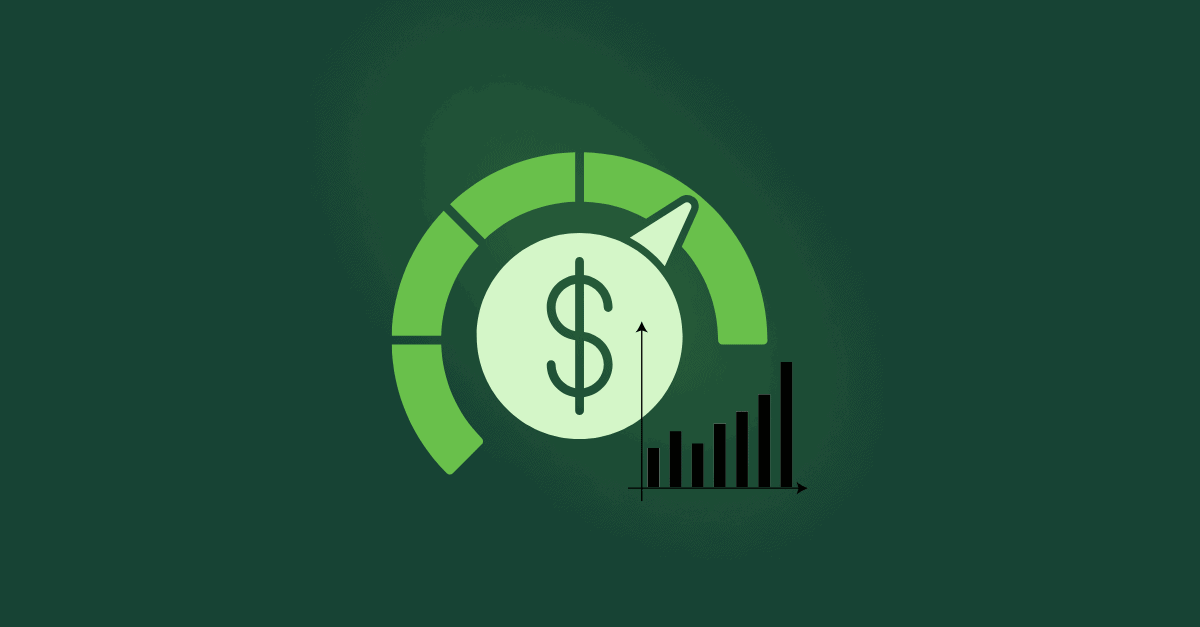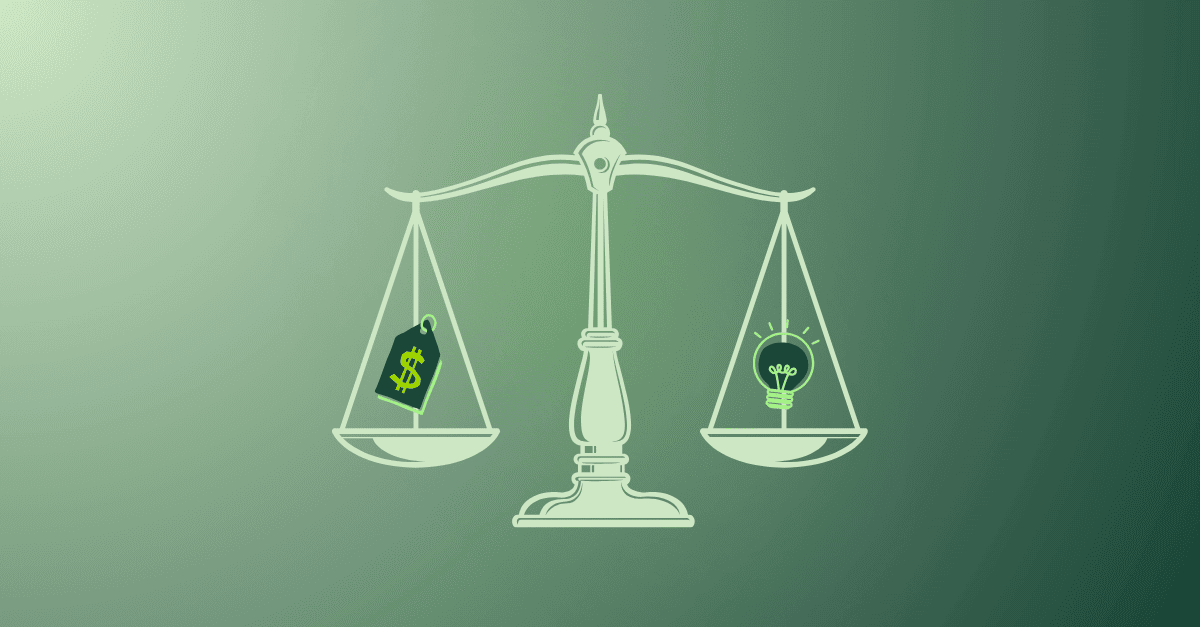How to Operationalize Billing & Revenue Recognition
In a recent fireside chat at a conference, industry leaders Jenn Meehan (CGO of Neocol), Jagan Reddy (CEO and Founder of Right Rev), and John Griffin (CRO and Co-Founder of M3ter) discussed the evolving landscape of consumption pricing and the operational challenges surrounding billing and revenue recognition. Here are some key insights from their conversation.
The Rise of Consumption Pricing
Jagan Reddy kicked off the discussion by sharing his journey into the realm of revenue recognition automation. With over 20 years in IT, he founded RightRev in 2020, focusing on automating revenue recognition, particularly within Salesforce Revenue Cloud. John Griffin, with a background in backend services for game developers, reflected on the mistakes made in usage-based pricing, prompting him to pursue a more structured approach to complex billing systems.
As the chat progressed, the speakers highlighted the current shift in pricing models. They noted that while the consumption pricing model is still in its infancy, it’s gaining traction among companies that require it—particularly those in sectors like fraud detection and messaging services. However, the future likely holds a hybrid pricing model that combines subscription elements with usage-based components.
AI is Reigniting Consumption Pricing Methods
Artificial intelligence is reshaping pricing strategies at an unprecedented pace. The foundation of AI pricing is rapidly evolving, with many AI services adopting credit-based pricing models. This model can complicate consumption pricing, as seen with platforms like Salesforce, which plans to move to a pay-per-conversation model for it’s newly announced Agentforce.
As AI continues to gain ground, the expectation is that companies will increasingly adopt usage-based models, further complicating already complex billing and revenue recognition processes.
Transitioning from SaaS to Consumption
The shift from Software as a Service (SaaS) to consumption-based models presents unique challenges. Jagan noted two significant impacts of this transition:
- improved metrics and
- increased revenue growth—public companies have seen year-on-year growth rates rise from 13% to 25% under usage models. However, revenue recognition becomes a major hurdle, as companies lose the predictability that comes with a SaaS model.
Transitioning to consumption models can take time and resources, as one billion-dollar public company discovered when it took nearly two years to formulate a strategy for the shift. Unlike SaaS, where revenue can be predicted with relative certainty, consumption models introduce risk and variability in revenue forecasting.
Billing Tool Requirements in a Consumption Model
When moving to consumption-based billing, companies face three major challenges:
- the quotation process,
- measurement and metering, and
- revenue recognition.
Many enterprises attempt to create in-house solutions to meet their unique billing needs. However, Jagan cautioned against this approach, emphasizing that businesses will inevitably change over time. Instead of building bespoke solutions, he recommends leveraging existing tools that are built to adapt to market trends as opposed to putting the onus on internal engineering teams.
Jagan added a compelling example: consider a customer purchasing a Starbucks gift card, buying different products withe the gift card, and each product with varying discounts. This complexity highlights the need for automated solutions that can effectively manage revenue recognition without requiring constant manual oversight.
Choosing the Right Solutions
When selecting billing and revenue recognition solutions, companies should prioritize how well these systems handle their specific use cases and integrate with existing tools. A seamless “quote-to-cash” process is essential, and adopting point solutions can enhance this process without necessitating a complete overhaul of existing systems.
Cross-Department Collaboration
The implementation of consumption-based models should involve multiple teams—product, sales, finance, and customer success—all of which are impacted by the transition. Change leaders must ensure that everyone understands the implications of moving to a consumption model, fostering collaboration across departments. As Jagan notes, “Everyone always thinks it’s only a revenue accounts change and only impacts the accounting team, but it touches everyone in the business, like sales, legal contracts, customer support, etc.” This highlights the necessity of a unified approach in navigating such significant changes.
Conclusion
As companies navigate the complexities of consumption-based pricing and billing, the conversation around operationalizing revenue recognition continues to evolve. With the rapid advancement of AI and shifting market dynamics, organizations must remain agile and informed to succeed in this changing landscape. Embracing technology and fostering collaboration will be key to thriving in the world of consumption.
You can watch the full panel session below:




